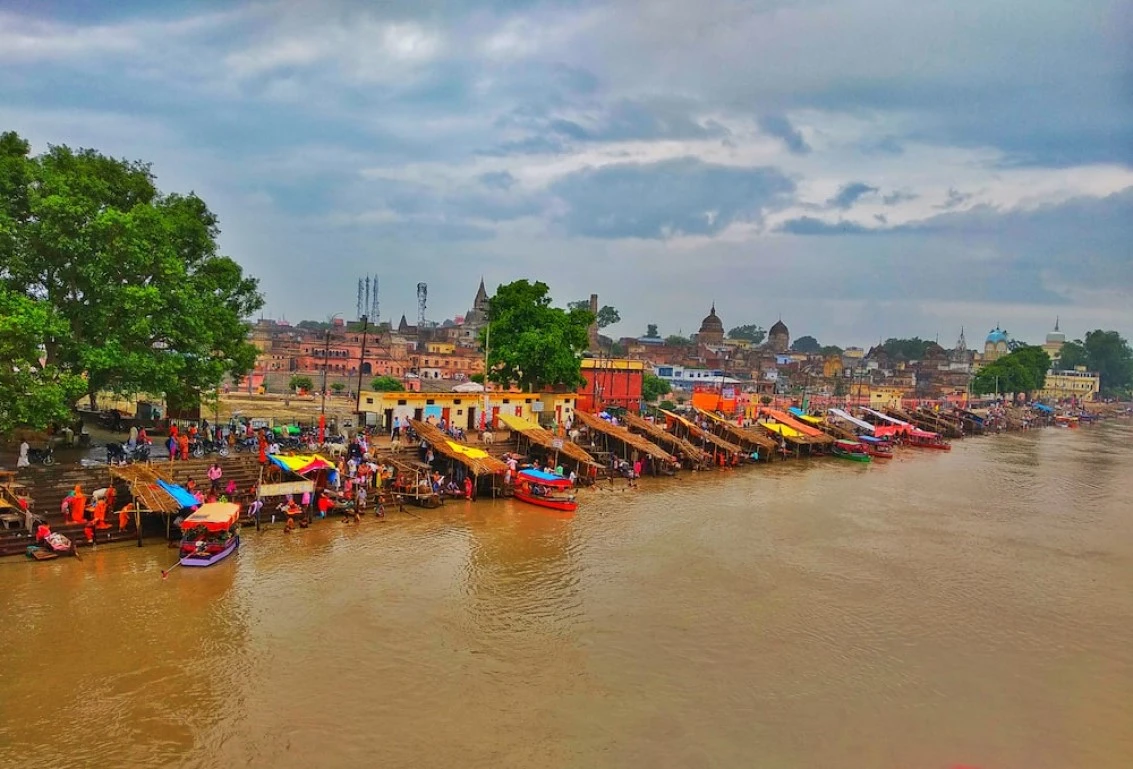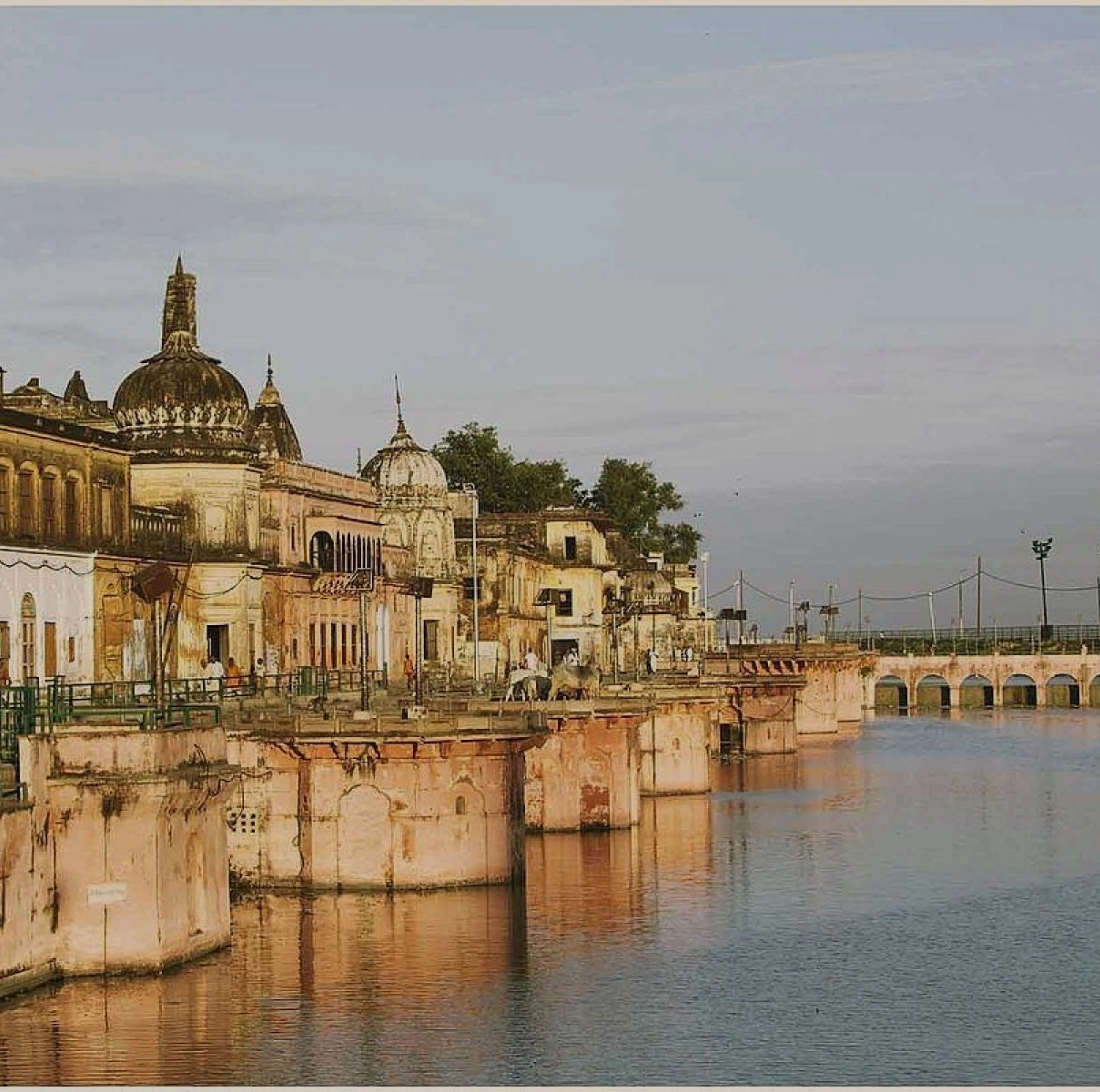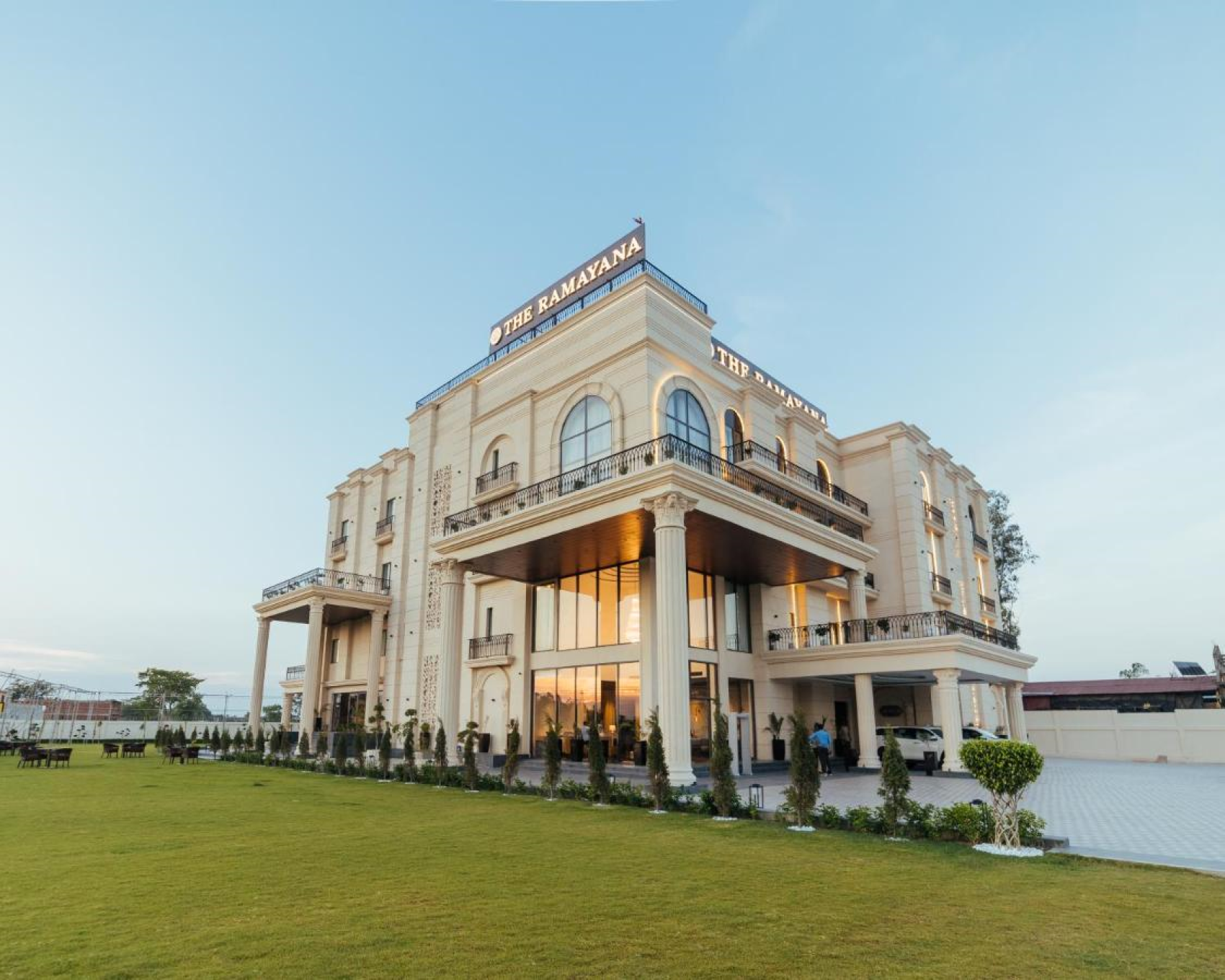Ayodhya, a city etched deeply in the spiritual landscape of India, is renowned for its temples and religious ceremonies. Embarking on a divine journey through this ancient city offers not only a glimpse into its religious significance but also an opportunity to participate in rituals steeped in centuries-old traditions. This guide provides insights into the most revered temples and religious ceremonies in Ayodhya, ensuring a spiritually fulfilling experience for pilgrims and visitors.
Visiting the Ram Janmabhoomi Temple: The Ram Janmabhoomi Temple, believed to be the birthplace of Lord Rama, stands as the epicenter of devotion in Ayodhya.
- Spiritual Significance: The temple holds immense religious importance and is a must-visit for those seeking spiritual solace.
- Visiting Guidelines: Timings, entry points, and dress codes are essential to note for a respectful visit.
- Ceremonies and Rituals: Participating in the temple’s rituals offers a profound sense of connection to the divine.
Key Points:
- Central to Ayodhya’s religious significance.
- Follow visiting guidelines for a respectful experience.
- Participate in rituals for a deeper spiritual connection.
Exploring Hanuman Garhi: Hanuman Garhi, a temple dedicated to Lord Hanuman, is revered for its unique location and religious importance in Ayodhya.
- Architectural Marvel: Situated atop a hill, the temple is accessible by a flight of steps, believed to lead to Lord Hanuman’s abode.
- Religious Practices: Devotees often visit to offer prayers and seek blessings from Lord Hanuman.
- Cultural Insight: The temple provides insights into the role of Hanuman in Ayodhya’s spiritual history.
Key Points:
- Located atop a hill, symbolizing a journey to divinity.
- A place for offering prayers to Lord Hanuman.
- Offers cultural insights into Ayodhya’s spiritual history.
Attending the Evening Aarti at Sarayu River: The evening Aarti at the Sarayu River is a captivating experience, combining spiritual reverence with a magnificent visual spectacle.
- Spiritual Ambiance: As the sun sets, the Ghats come alive with the glow of lamps and the sound of chants.
- Participation in Aarti: Visitors can join the locals in lighting lamps and immersing in the chants and prayers.
- Serenity of Sarayu: The Aarti by the river offers a tranquil yet powerful spiritual experience, reflecting the city’s connection with nature.
Key Points:
- Evening Aarti is a visually and spiritually captivating ceremony.
- Opportunity to participate in the lighting of lamps.
- Experience the tranquility and reverence at the Sarayu River.
Kanak Bhawan: A Testament to Devotion: Kanak Bhawan, dedicated to Lord Rama and Goddess Sita, is celebrated for its architectural beauty and sacred idols.
- Cultural Richness: The temple is known for its exquisite idols and intricate architecture, reflective of Ayodhya’s artistic heritage.
- Rituals and Festivals: Visitors can witness various rituals and festivals celebrated here, particularly those related to Lord Rama.
- Pilgrimage Experience: A visit to Kanak Bhawan is often considered an essential part of the pilgrimage circuit in Ayodhya.
Key Points:
- Known for its beautiful idols and architecture.
- Site of various rituals and festivals.
- An essential stop in Ayodhya’s pilgrimage circuit.
Conclusion: Visiting the temples and participating in the religious ceremonies in Ayodhya is not just a journey of physical distance but a spiritual expedition. It offers an opportunity to delve into the heart of India’s religious traditions, experience the devotion that permeates the city, and connect with the divine. Whether it is the revered Ram Janmabhoomi, the historic Hanuman Garhi, the serene Sarayu River Aarti, or the beautiful Kanak Bhawan, each experience in Ayodhya promises to be spiritually enriching and unforgettable.




